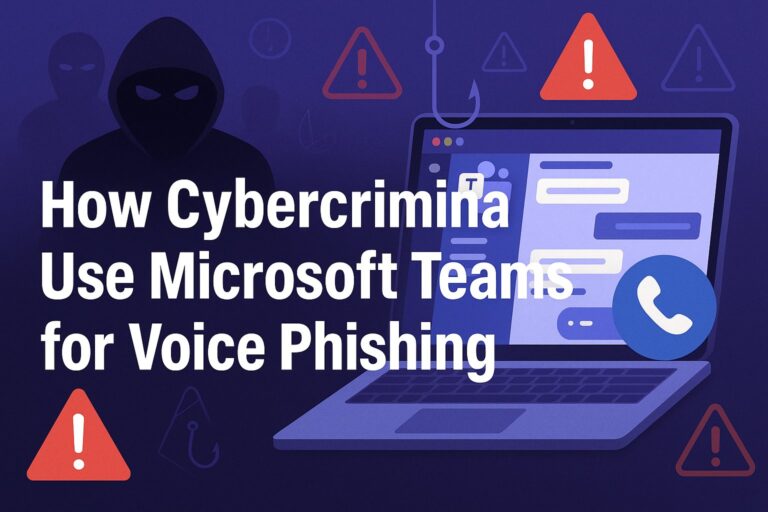Enterprise Security Threats and Challenges in 2020
The top enterprise security threats are expected to become more sophisticated in 2020, especially with ransomware and social engineering on the rise.
Cyber attacks were on the rise in 2019, with 61% of businesses reporting a breach. The cost of losses associated with the breach skyrocketed from $229,000 to $369,000.
Those attacks are anticipated to increase again in 2020 as hackers have become more sophisticated and some businesses are not prepared to mitigate the risks.
It is imperative that businesses in the St. Louis metro area ensure that their cybersecurity defense systems are up to 2020 standards.
Here are the top enterprise security threats for 2020.
1. Third-Party Risk
Even with robust internal security protocols, organizations are increasingly at risk due to vulnerabilities with third-party partners. This includes suppliers, contractors and vendors.
A 2020 study from the European Journal of Operational Research revealed that the lack of supply chain coordination between partners has led to underinvestment in cybersecurity.
Quest Diagnostics and U.S Customs and Border Protection are among the organizations that have been breached as a result of a third-party issue.
Improving communication and coordination among partners in the supply chain is the way to avoid this potential threat.
2. No Incident Response Plan
An incident response plan is developed by the internal cybersecurity staff in order to quickly detect, respond and recover from a potential breach.
A good incident response plan can limit the dwell time, which is the duration the attacker remains undetected in the system.
Failure to develop a sufficient incident response plan could result in increased damages or more profound data loss.
Every organization should develop a sufficient plan in order to mitigate this risk, which includes a plan to audit backups regularly.
3. IoT Vulnerabilities
As more Internet of Things (IoT) devices enter the workplace (with over 30 billion connected devices worldwide) businesses open themselves up to increased security risks.
In the past year, new laws were enacted to protect devices, but there are still too many endpoints in 2020 that are at risk.
Hackers can easily target IoT devices – including medical equipment, vehicles and cameras – and the results can be devastating to any business that is not prepared.
Solutions, such as the Armada program, can help mitigate the risks that IoT devices pose.
4. Social Engineering
One of the ways that attackers have become more sophisticated is by employing social engineering to manipulate workers into providing sensitive information.
Social engineering is the use of persuasion and psychological manipulation tactics in order to trick people, and it often results in a cyber attack.
Hackers prey on people’s weaknesses and exploit them in order to surpass traditional security roadblocks.
It is imperative that businesses train their workers about how to spot social engineering. This includes having a robust policy that requires workers to create complex passwords that are periodically updated.
5. Ransomeware
In light of several high-profile cases of ransomware over the last few years, more organizations are well aware of the consequences associated with being victimized by these breaches.
Ransomeware is malicious software that kidnaps an organization’s data until a ransom is paid.
Since 2019, hackers have deployed more sophisticated strategies to target vulnerable businesses and have relied on cryptocurrency payments to cover up their tracks.
To protect against these attacks, businesses should leverage a multi-layered defense system that includes the best hardware firewall.


